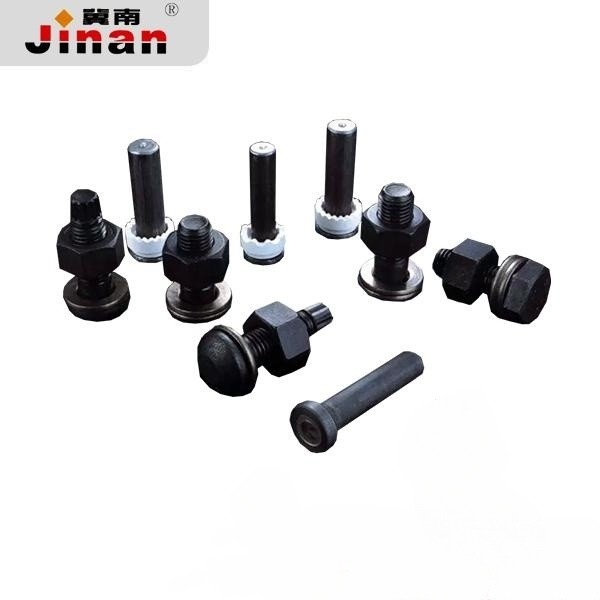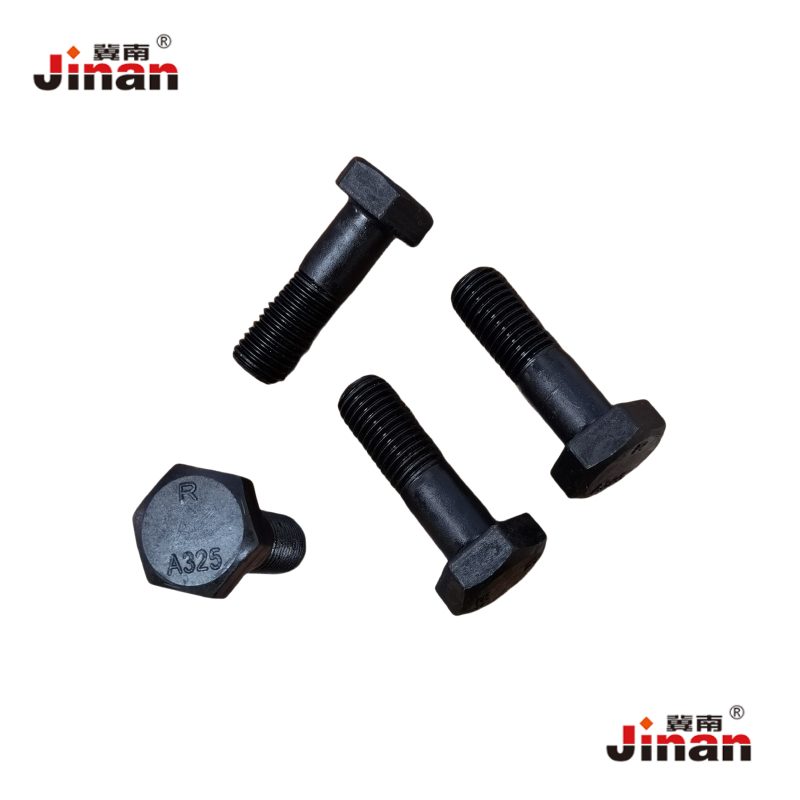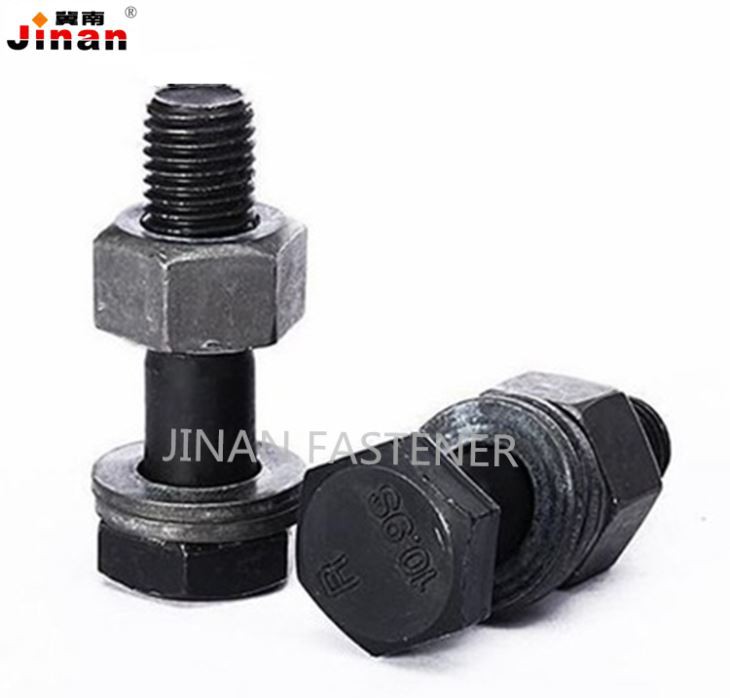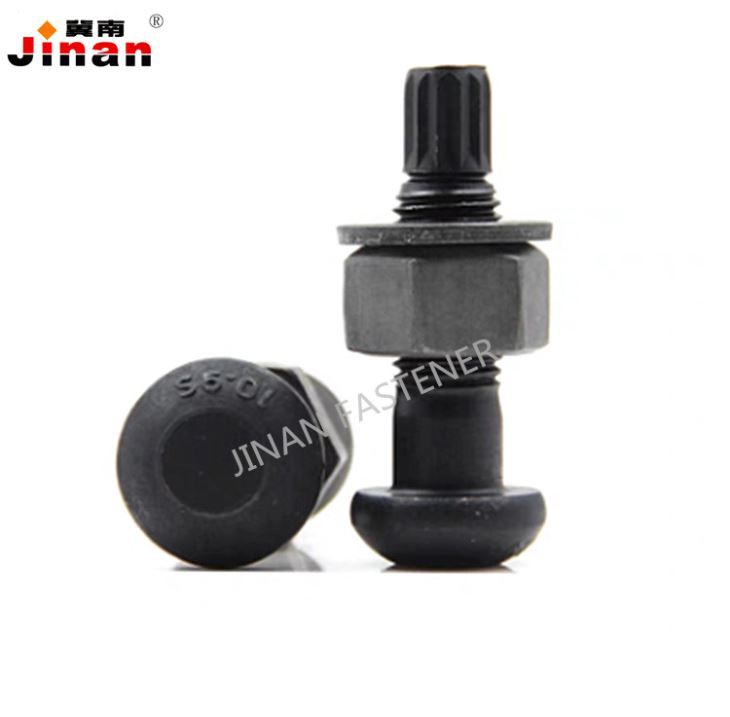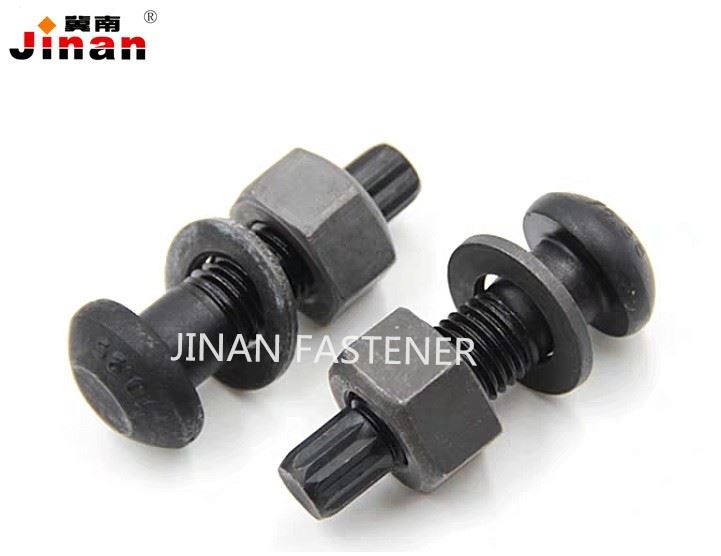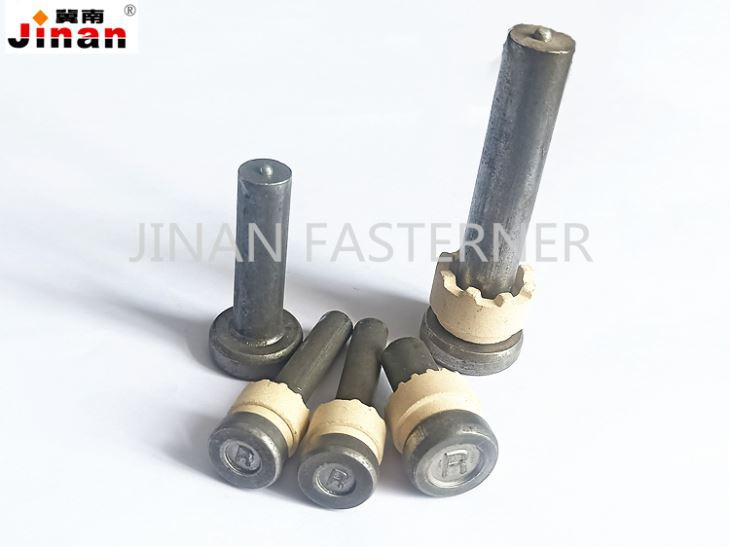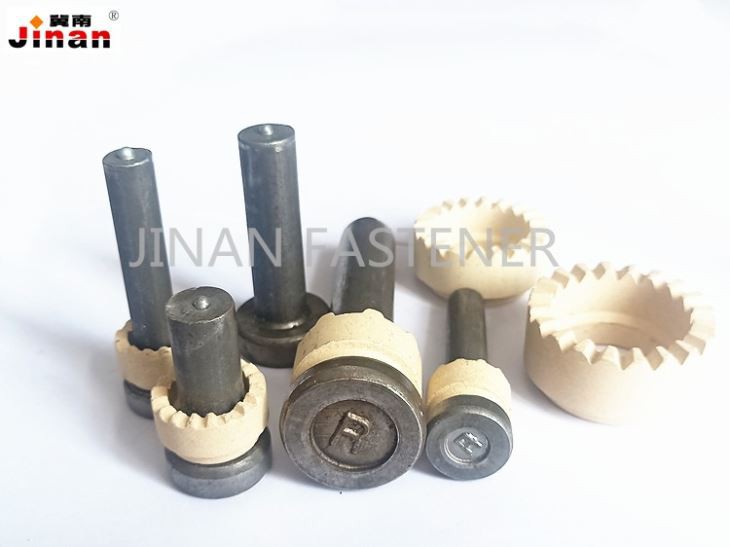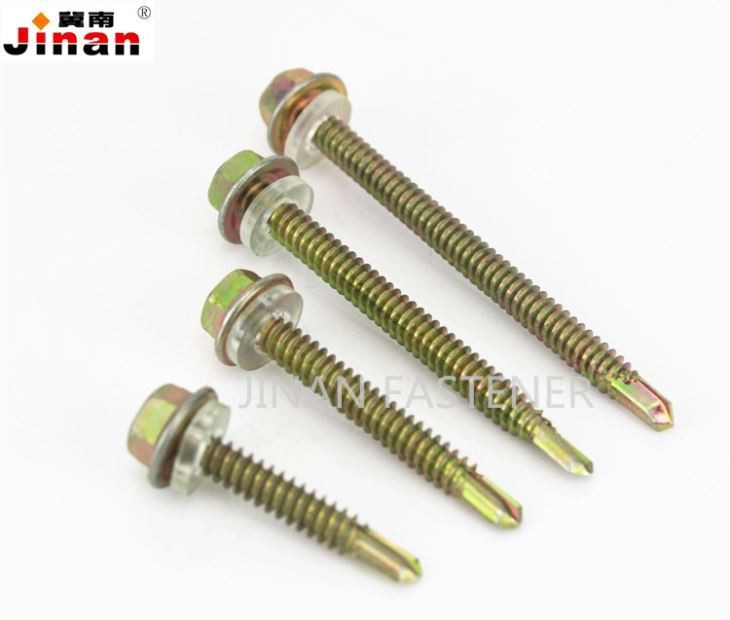News
How Does The Locknut Prevent Loosening
The locknut is the nut, which is screwed together with the bolt or screw to play a tightening role. It is an original part that all manufacturing machinery must use. The locknut is a part that tightly connects mechanical equipment and passes through the inside. Threads, lock nuts and screws of the same specification can be connected together.
Everyone introduces the 4 ways to prevent the lock nut from slipping
1. The mechanical anti-loosening is to use the lock nut stopper to directly limit the relative rotation of the lock nut pair. Such as the use of tooth opening pin, serial wire and stop washer, etc. Since the lock nut stopper has no pretension, the locknut stopper only works when the locknut nut is loosened to the stop position. Therefore, the lock nut is not loosened in practice but avoids falling.
2. Riveting, punching and anti-loosening adopt the methods of punching point, welding, and bonding after tightening, so that the lock nut pair loses the characteristics of the motion pair and the connection becomes an inseparable connection. The disadvantage of this method is that the bolt can only be used once, and it is very difficult to disassemble, and the bolt pair must be destroyed before it can be disassembled.
3. Anti-loosening of friction This is the most widely used anti-loosening method. This method generates a positive pressure between the lock nut pair that does not change with external force to generate a friction force that can prevent the lock nut pair from rotating relative to each other. . This positive pressure can be accomplished by pressing the lock nut axially or simultaneously in both directions. Such as the use of elastic washers, double nuts, self-locking nuts and insert lock nuts.
4. The construction of anti-loosening is to apply the lock nut duplicate body structure, that is, the locking nut anti-loosening method.
